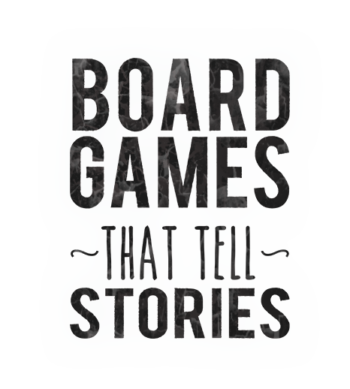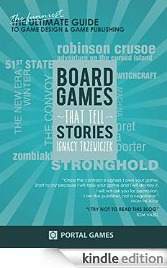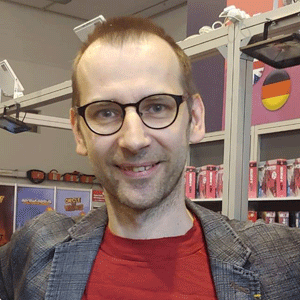The one about components in designing games
Yesterday I played a very interesting board game prototype. The theme is not a revolutionary one but it’s not bad, either. What’s interesting—the theme meshes well with the rules even though the game is—at its core—an abstract strategy. I know, sounds weird, but that’s what it is. A thematic abstract strategy game.
Today, though, I am not writing about themes. Today I’m writing about the components.
The submitted prototype weighs 1.3kg (2.9lb). It comes with nearly 150 big wooden cubes, 2 boards, 4 player boards, more than 200 big tokens, then additional money tokens and cards, and so on and so forth…
***
The very first words I said when my employee Martin put this prototype on the table and began to set up the game were: “We are not going to publish this.” I looked at the components and I knew it was impossible to produce the game at a reasonable MSRP.
“I know, I know, this is crazy, but please, play it first, then we will discuss it and see what could be changed in the final production copy.”
So I shut up my mouth and played. I liked the game. To be honest, I can’t wait to play it again. Also, I can’t stop asking myself The Question:
Is it possible to have fewer components without hurting the game?
That’s the question this game’s designer will have to ask himself—and then answer it. And he’d better find a positive answer.
***
We regularly receive prototypes that are overproduced (sic!). Many young designers are so driven by passion and creativity that they tend to forget that eventually their games need to be produced and sold at reasonable prices. You can’t squeeze an unlimited number of cubes, cards, and tokens in the box. It influences the production cost, it influences the MSRP, it might kill the game when it’s released.
For me it is easier in many ways, of course. I know the prices. I know the production process. I have the comfort of designing games with my Production Manager every day looking at a prototype and complaining about the components I came up with the day before.
What can you do without a Production Manager watching your back?
Look at your game and think how much you would pay for it. Ask this question to your friends. Think about the final MSPR for the box when it’s released. Is it a 20$ game? 40$? 60$?
Then take from your shelf the games that have MSRPs. List their components. See what’s in the boxes. See how much the publishers put in these boxes.
Then look at your prototype again.
And if you put twice as much in yours, then, sir, you are in trouble.


 I strongly believe that good board game is the one that tells a good story. You play it and suddenly you are sucked into it, you feel chills on the skin. Emotions grow. In a moment you defend castle. You hear roar of warriors. You smell boiling oil. You are into it.
That's how I design my games. I always want to tell a good story. I want players to be into it. As deep as possible.
I strongly believe that good board game is the one that tells a good story. You play it and suddenly you are sucked into it, you feel chills on the skin. Emotions grow. In a moment you defend castle. You hear roar of warriors. You smell boiling oil. You are into it.
That's how I design my games. I always want to tell a good story. I want players to be into it. As deep as possible.




such good advice. Double-sided tokens are a quick shortcut if you need one. You may also consider reducing player counts if it significantly reduces your component count. e.g. why rock up with a 2-6 player game when you can start with 2-4 and actually get the game on the shelves; you can always increase player count with an expansion if the game is sucessful.
The only thing I would add, is that also consider how many unique pieces or artwork you have – reduce this and you potentially cutting down on a huge chunk of production cost.